An unnamed member of the media argued with me about having machines instead of umpires call balls and strikes in baseball so that the strike zone would be 100 percent consistent.
I immediately struck back with an argument about the psychology of baseball. Similar to two players at a poker table, the mental battle between the pitcher and the batter ultimately determines the type of pitches thrown, the placement, and the order of pitches. Both pitcher and batter must adjust to the umpire’s strike zone as well as to each other throughout the course of a game.
While we all get frustrated about the changing whims of umpires and their strike zones, psychology, and a player’s ability to mentally adjust is part of what makes one player better than another. More importantly, it’s part of the game.
Teams have already begun to integrate an umpire’s tendencies into their daily scouting reports, a revolutionary way of accepting that umpires are all different.
“So when a poor call is made at the end of a game, it shouldn’t matter?” the writer asked me.
Obviously, officiating is not perfect in any sport (USA vs. Slovenia at World Cup). The Boston Celtics Rasheed Wallace was so upset with the officiating from Game 7 of the NBA Finals that after the game, he stood outside of the referees locker room saying, “Just wanna talk,” as reported by ESPN Radio.
The NBA and NFL use instant replay in certain instances but calls like pass interference and personal fouls are still subject to a referee’s discretion. For things that can be clearly defined, like an out of bounds line or releasing a basketball before time expires, instant replay or machines (in tennis) should be used.
Baseball is the same way. After the Armando Galarraga vs. Jim Joyce atrocity, where Galarraga was robbed of a perfect game, everyone cried for instant replay. I agree that it should be used for clearly defined things, such as foul balls or close calls at first base.
However, balls and strikes? No way. The writer essentially answered his own question when he asked, “How can you challenge balls and strikes when there isn’t a defined strike zone?”
Well, you can’t. The strike zone varies between individual batters.
The current strike zone is defined as “that area over home plate the upper limit of which is a horizontal line at the midpoint between the top of the shoulders and the top of the uniform pants, and the lower level is a line at the bottom of the knees. The strike zone shall be determined from the batter’s stance as the batter is prepared to swing at a pitched ball.”
What does “prepared to swing” mean? What if the batter shifts the height of his stance as he’s about to swing? How does one even determine at what point a batter begins a swing? Every player is different and goes into his swing differently.
The rules are vague enough that an umpire must use his own judgment, something he has done for over a century. Call me sentimental, but I like tradition.
Sure, there are things that need to change as we become more technologically equipped to deal with bad calls and as the sport evolves, but using a machine to determine balls and strikes in a uniform strike zone is not one of them.
It’s not to say that umpires get free reign. The Zone Evaluation (ZE) system replaced QuesTec last year as a major tool in evaluating an umpire’s performance. MLB is trying to enforce a more unified strike zone with this technology.
The ZE technology is not the same as the rectangle graphic that televisions use. In an interview with USA Today, umpiring supervisor Steve Palermo called the graphic phony and inaccurate, and only effective at stirring up controversy.
On top of all of that, players don’t even want machines to replace umpires. Philadelphia Phillies pitcher Cole Hamels said that umpires were already consistent enough while Jamie Moyer said to the NY Times he preferred no monitoring system, to preserve the human element of umpiring.
Yes, the human element. Part of the reason why we play and watch sports is to bond with others who enjoy doing the same.
The same goes for umpires and managers. Part of our entertainment is watching Lou Piniella go insane arguing a call or watching Bobby Cox get ejected time after time.
We want emotion, passion, and humanity.
Follow Susan on Twitter at www.twitter.com/Susan_Shan
I immediately struck back with an argument about the psychology of baseball. Similar to two players at a poker table, the mental battle between the pitcher and the batter ultimately determines the type of pitches thrown, the placement, and the order of pitches. Both pitcher and batter must adjust to the umpire’s strike zone as well as to each other throughout the course of a game.
While we all get frustrated about the changing whims of umpires and their strike zones, psychology, and a player’s ability to mentally adjust is part of what makes one player better than another. More importantly, it’s part of the game.
Teams have already begun to integrate an umpire’s tendencies into their daily scouting reports, a revolutionary way of accepting that umpires are all different.
“So when a poor call is made at the end of a game, it shouldn’t matter?” the writer asked me.
Obviously, officiating is not perfect in any sport (USA vs. Slovenia at World Cup). The Boston Celtics Rasheed Wallace was so upset with the officiating from Game 7 of the NBA Finals that after the game, he stood outside of the referees locker room saying, “Just wanna talk,” as reported by ESPN Radio.
The NBA and NFL use instant replay in certain instances but calls like pass interference and personal fouls are still subject to a referee’s discretion. For things that can be clearly defined, like an out of bounds line or releasing a basketball before time expires, instant replay or machines (in tennis) should be used.
Baseball is the same way. After the Armando Galarraga vs. Jim Joyce atrocity, where Galarraga was robbed of a perfect game, everyone cried for instant replay. I agree that it should be used for clearly defined things, such as foul balls or close calls at first base.
However, balls and strikes? No way. The writer essentially answered his own question when he asked, “How can you challenge balls and strikes when there isn’t a defined strike zone?”
Well, you can’t. The strike zone varies between individual batters.
The current strike zone is defined as “that area over home plate the upper limit of which is a horizontal line at the midpoint between the top of the shoulders and the top of the uniform pants, and the lower level is a line at the bottom of the knees. The strike zone shall be determined from the batter’s stance as the batter is prepared to swing at a pitched ball.”
What does “prepared to swing” mean? What if the batter shifts the height of his stance as he’s about to swing? How does one even determine at what point a batter begins a swing? Every player is different and goes into his swing differently.
The rules are vague enough that an umpire must use his own judgment, something he has done for over a century. Call me sentimental, but I like tradition.
Sure, there are things that need to change as we become more technologically equipped to deal with bad calls and as the sport evolves, but using a machine to determine balls and strikes in a uniform strike zone is not one of them.
It’s not to say that umpires get free reign. The Zone Evaluation (ZE) system replaced QuesTec last year as a major tool in evaluating an umpire’s performance. MLB is trying to enforce a more unified strike zone with this technology.
The ZE technology is not the same as the rectangle graphic that televisions use. In an interview with USA Today, umpiring supervisor Steve Palermo called the graphic phony and inaccurate, and only effective at stirring up controversy.
On top of all of that, players don’t even want machines to replace umpires. Philadelphia Phillies pitcher Cole Hamels said that umpires were already consistent enough while Jamie Moyer said to the NY Times he preferred no monitoring system, to preserve the human element of umpiring.
Yes, the human element. Part of the reason why we play and watch sports is to bond with others who enjoy doing the same.
The same goes for umpires and managers. Part of our entertainment is watching Lou Piniella go insane arguing a call or watching Bobby Cox get ejected time after time.
We want emotion, passion, and humanity.
Follow Susan on Twitter at www.twitter.com/Susan_Shan
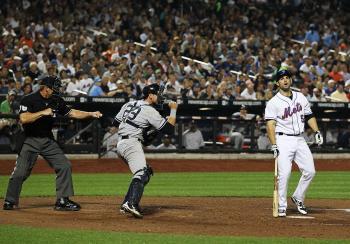
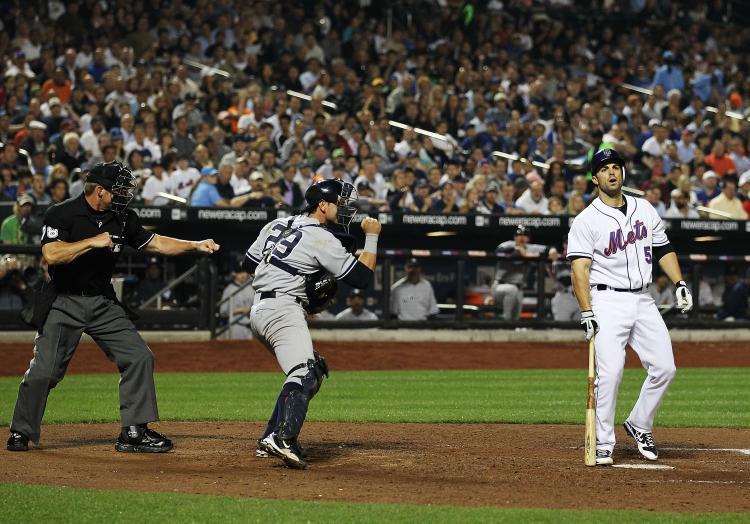
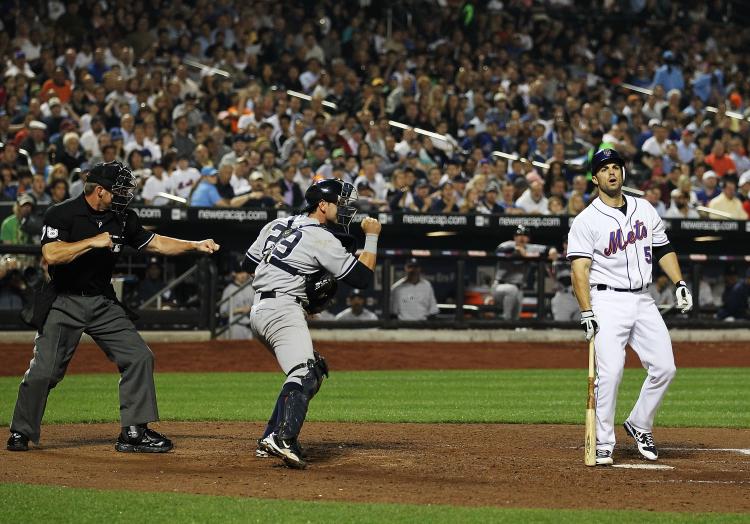
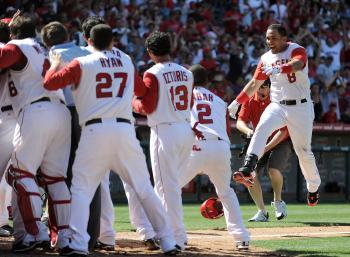
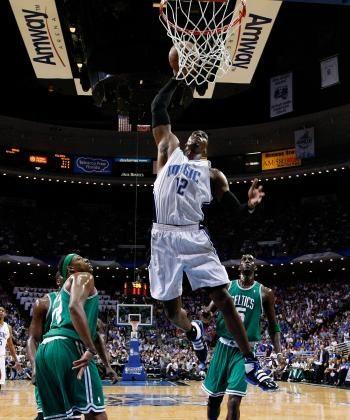
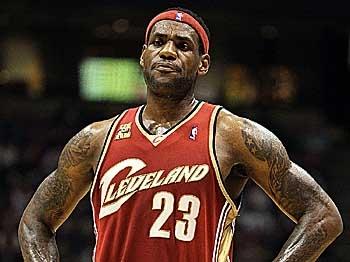
Friends Read Free